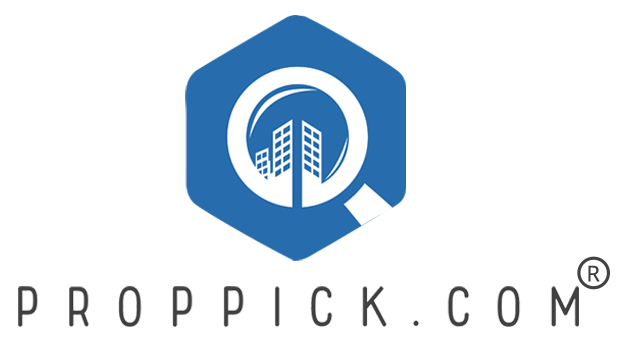
Sustainable Living: Highlights of the Green Building Boom
The growth in our country's population, rapid development and urbanization are making our communities and cities to use more resources than ever before. This means more waste, less availability of fresh water and an increase in the amount of greenhouse gas emissions.
Buildings, in particular, account for a substantial share of energy use, resource consumption and emissions around the world. According to the reports of UNEP Buildings and Climate Change, buildings are responsible for more than 40% of the global energy use and one-third of global greenhouse gas emissions.
In developed countries, for instance, the United States, buildings account for almost 40% of national CO2 emissions and the rest consumption is by the industrial and transportation sectors. Therefore, the construction sector (residential & commercial) has the greatest potential to significantly reduce the depletion of natural resources.
Green is Profitable
As the demand for more sustainable building options increases, thanks to growing global environmental awareness, the green construction is becoming increasingly profitable and desirable in the international marketplace. According to a Smart Market Report 2016 released by Dodge Data and Analytics World Green Building Trends, the global green building sector continues to double every three years, with emerging economies - such as China, India and Brazil leading the way.
This survey of respondents from 70 countries reported that 60% of their projects will be green by the year 2018. The study reports that, globally the green building industry market is of about a trillion dollars and is expected to reach about US 234 billion dollars in 2018.
The Green Building Economic Impact Study 2015 Report, revealed that the green construction market is expected to continue to grow in the coming years due to sustained investment in green technologies. The manageable inflation rates, higher government infrastructure spending, reduced long-term interest rates and the steady profitable market for green construction and resale value, are some of the factors supporting its growth.
Higher Returns
In addition to the growing market demand for sustainable development, also green buildings enjoy with better returns for lifetime. They offer an incredibly higher return on investment as it costs less in operating it, increased efficiency, higher resale value, enjoy faster lease rates and reduced risk compared to typical buildings.
The initial investment in green construction makes the properties more valuable with an average increase of 4%. Low maintenance and energy costs helps in rapid generation of return on investment.
The daily maintenance costs incurred on green buildings are also lower as compared to conventional structures. They use natural resources efficiently, which reduces utility bills and their impact on the environment. Standard building practices, waste millions of tons of material per year, while green buildings use fewer resources and minimize waste.
The LEED association provides a framework for creating healthy, cost-effective and highly efficient green buildings. Globally, there were about ninety thousand projects registered and certified in the LEED, valuing almost equal to 19.4 billion sq.ft of building space areas, till 2017 October, by 167 countries across the globe. Every day LEED certifies about 2.2 million square feet of space, globally.
The green building maintenance costs is almost 20% lower than typical commercial structures. These projects have reduced operating costs by almost 10% in just one year. LEED projects have diverted more than 80 million tons of waste from landfills so far and are expected to divert 540 million ton by the year 2030.
India’s Report-card
According to the Dodge Data and Analytics Report 2, emerging economies like India will be engines of green growth, with development varying from two-fold to six-fold over current green building levels.
India ranks third among the countries with LEED-certified green buildings. Till October 2017, there were about more than 2,500 LEED certified and registered projects, accounting to more than 1 billion sq. ft. of a built-up space area in India. Almost 650 projects earned LEED certification in India, till the end of the year 2016 and with 70% of the buildings needed in India by 2030, LEED has a long way to go.
Proppick.com lists many green certified residential and commercial buildings, for more information please contact us today.
Check Here:-
1.Top 10 Projects In Hyderabad
2.Best Place to Buy a Property in Hyderabad in 2019
3. Things You Should Consider Before Buying a Property






